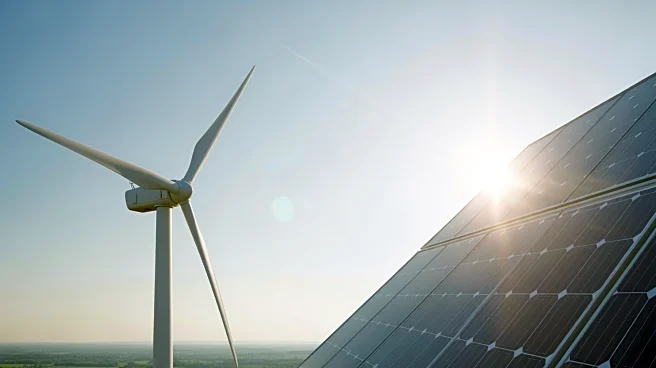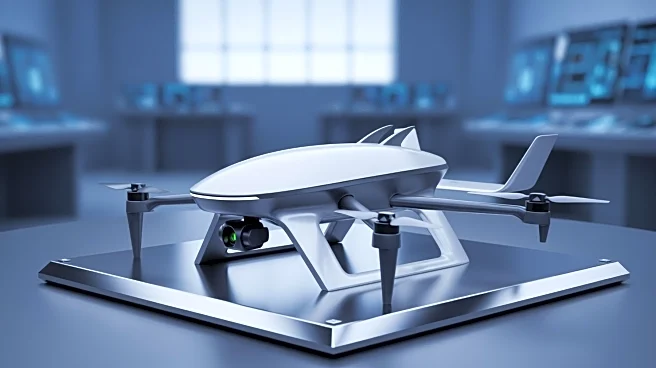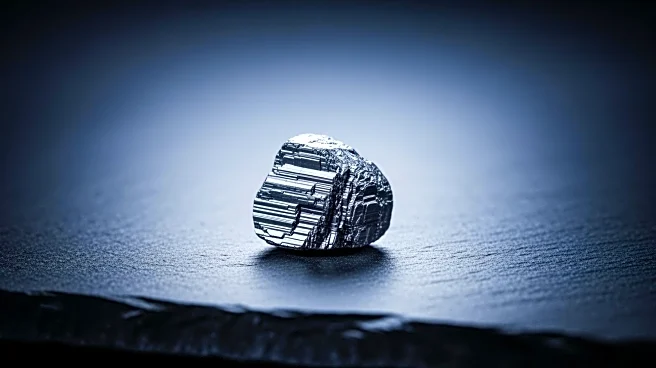What's Happening?
E-magy has introduced a high-energy density lithium-ion battery cell designed for multirotor and hybrid VTOL drone platforms. This innovative battery utilizes a unique silicon anode technology, offering
higher capacity and faster charging times in a compact and cost-effective form. The manufacturing process involves a nanoporous structure that provides high mechanical stability, preventing the swelling and breaking issues typically associated with silicon technologies. The cells are environmentally friendly, using metallurgical-grade silicon and a low carbon footprint casting process. The battery solution has demonstrated over 30 minutes of drone flight time across 186 flight cycles. The first iteration is already in production, with an improved design expected for sampling in the first half of 2026.
Why It's Important?
The development of E-magy's high-energy density battery represents a significant advancement in drone technology, potentially enhancing the performance and efficiency of unmanned aerial systems. By utilizing silicon anode technology, the battery offers a sustainable and cost-effective solution, addressing common issues such as swelling and mechanical instability. This innovation could lead to longer flight times and reduced operational costs for drone operators, impacting industries reliant on drone technology, such as logistics, surveillance, and environmental monitoring. The environmentally friendly production process aligns with growing demands for sustainable technology solutions, potentially influencing industry standards and practices.
What's Next?
E-magy plans to release an improved cell design for sampling in the first half of 2026, which could further enhance the performance and capabilities of drone batteries. As the technology progresses, stakeholders in the drone industry may explore partnerships or investments to integrate these advanced batteries into their systems. The adoption of this technology could lead to increased competition among battery manufacturers, driving further innovation and cost reductions. Regulatory bodies may also consider updating guidelines to accommodate new technologies, ensuring safety and environmental standards are met.
Beyond the Headlines
The introduction of silicon anode technology in drone batteries could have broader implications for the energy storage industry. As the technology matures, it may be adapted for use in other applications, such as electric vehicles and portable electronics, potentially revolutionizing energy storage solutions. The focus on environmentally friendly production processes highlights a shift towards sustainable manufacturing practices, which could influence other sectors to adopt similar approaches. This development may also prompt discussions on the ethical implications of resource utilization and environmental impact in technology manufacturing.











